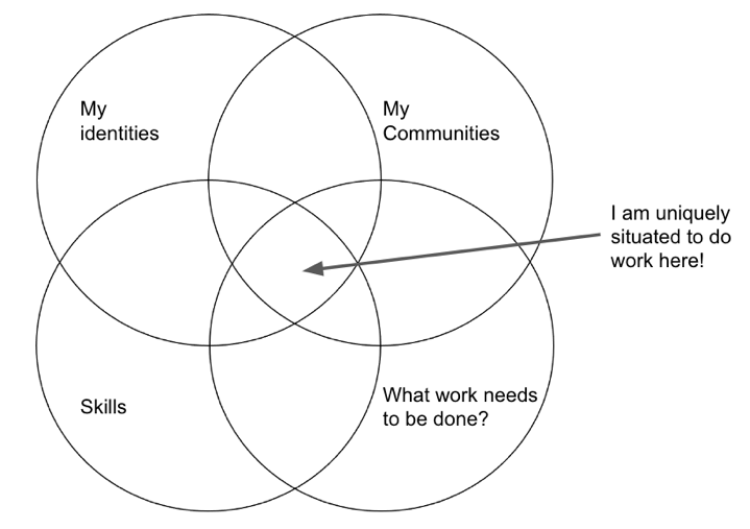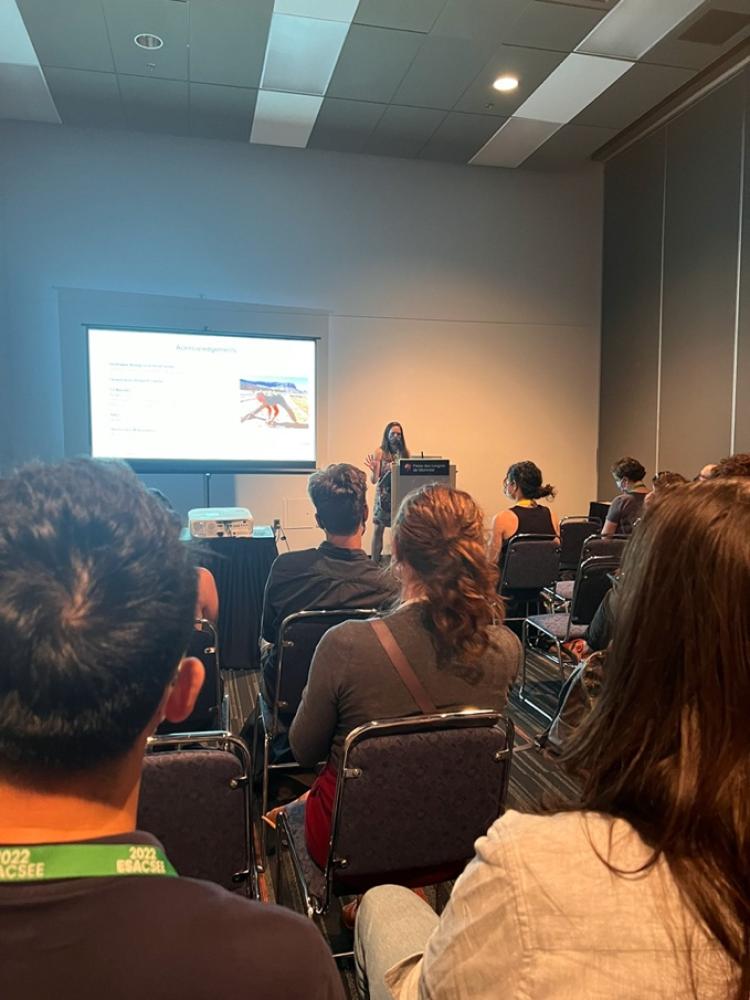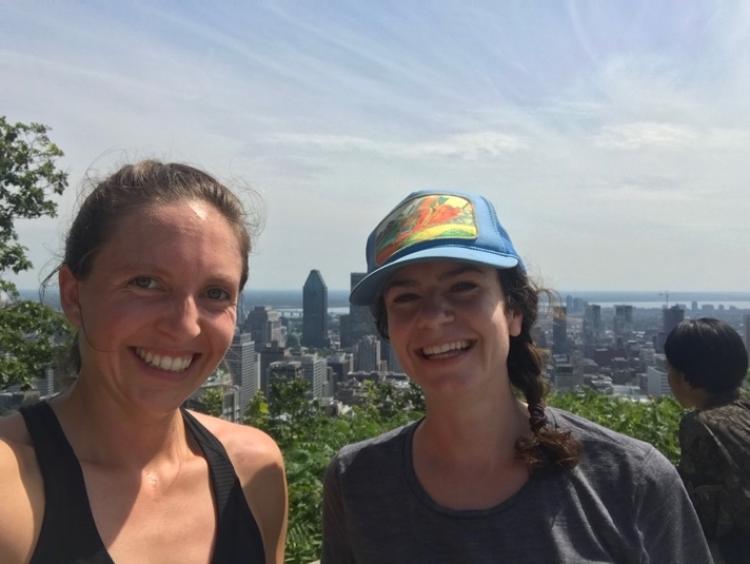Ecology in Montréal - Sierra Jech attends ESA Conference 2022
This August I attended the Ecological Society of America annual conference in Montréal, Canada with my lab mates and colleagues from around the world. After two years of pandemic-related conference cancellations and remote events, it felt amazing to finally meet colleagues in person, to listen to talks in packed rooms, and to meet up with new acquaintances for drinks. All of this was made even better by experiencing Montréal with my lab mates and advisor through great food, runs to the Mount Royal overlook, and discovering urban art everywhere.
When we arrived, I was full of apprehension to lead a Special Session with the Women in Soil Ecology that was meant to inspire attendees to think about where they are uniquely situated to do work. This activity came from my University of Wyoming advisor, Rachel Watson, and the incredible Pattie Gonia. It encourages people to think about their identities, communities that they are a part of, and skills that they have while also considering the work that needs to be done in the world. At the center is where each person is uniquely positioned to make an impact in the world. The activity led to conversation about how to include identity and community in the professional work that we do. We also discussed ways that academia makes it challenging to draw upon community because of continual relocations and uprooting. With over 40 participants, I was extremely proud of the turnout for this Special Session, and I look forward to leading many more in future years.
Next, I presented my own research on arid land restoration with biological soil crusts, which are soil communities of moss, lichen, and cyanobacteria. I felt incredibly supported by my collaborators and lab mates. It has taken me years of practicing public speaking as a TA for six different laboratory courses across 9 semesters and two different universities to be able to deliver a scientific talk without feeling like I would die of fright. While I still felt anxious and nervous prior to this ESA talk, I was able to focus more on the experience and the expressions on the faces of the people in the room than I have in the past.
The ESA conference is massive and covers a broad range of ecological topics. I can thank the IQ Biology Program at BioFrontiers for teaching me ways of engaging with scientists outside of my discipline and for cultivating my confidence to ask questions when I do not understand or to start a conversation with intimidating scientists. The biggest lesson I am taking away from this experience is that tenured faculty and governmental scientists attend conferences to support their mentees, and this is part of my role as a lab mate and colleague right now. Receiving support and providing support to others is one of the best parts of being in a scientific community and this conference exposed me to the full force of that energy. Nothing beats being present, asking questions and interacting face-to-face.

Diagram of the Special Session activity Sierra lead with the Women in Soil Ecology

Sierra presenting her research at ESA 2022

Sierra and lab mate Claire Karban enjoy the views of Montréal from Mount Royal after a long day of conference activities


